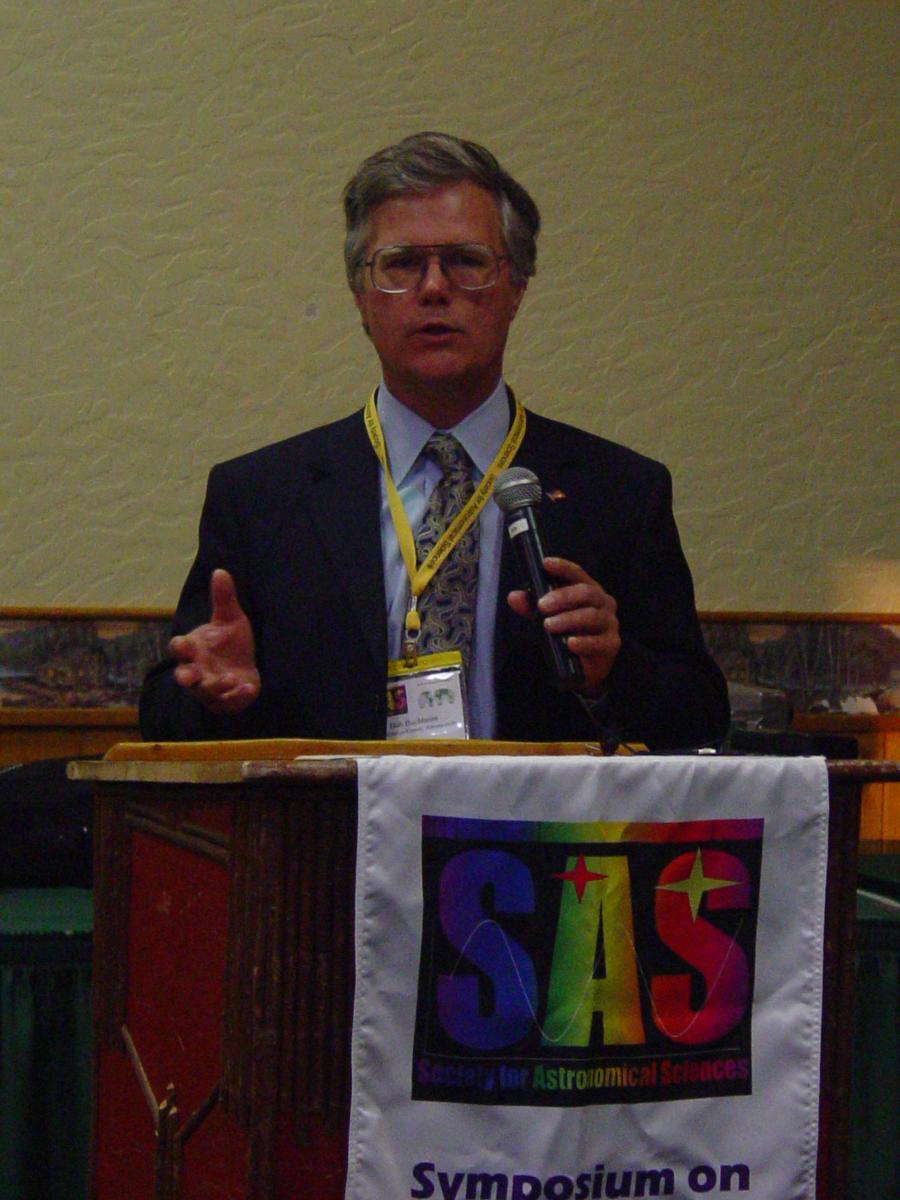
The American Association of Variable Star Observers
Slate of candidates for 2020 AAVSO Board elections:
John Briggs, New Mexico
Bob Buchheim*, Arizona
Daniel Caton, North Carolina
Ken Hudson*, New Mexico
Karen Kinemuchi, New Mexico
Thomas Maccarone, Texas
Frederick Walter, New York
*running for re-election
Candidate Statements
John Briggs, New Mexico

John W. Briggs is an instrumentation engineer who has lived and worked at observatories across the country in various technical capacities, including Mount Wilson, Yerkes, National Solar, Maria Mitchell, Venezuelan National, and others. AAVSO has been a strong influence on him since 1973 when, as a youngster, he attended his first symposium on variable stars at Stamford Observatory in Connecticut. In the 1980s he was an assistant editor at Sky & Telescope magazine and built Bogsucker Observatory in Massachusetts. In 1994, he was a winter-over scientist at South Pole Station working for University of Chicago’s Center for Astrophysical Research in Antarctica. In the later 1990s, he was a team member in the final commissioning of the Sloan Digital Sky Survey, and with his family he lived near Sunspot, New Mexico, altogether some seven years.
An active collector of astronomical history, in 2019 he completed a third term as president of the Antique Telescope Society, and he has been active with the Historical Astronomy Division of the American Astronomical Society and more recently the Alliance of Historic Observatories. Currently he operates FOAH Observatory near Magdalena, New Mexico, and the Astronomical Lyceum, an informal astronomical museum/workshop/library. His career includes teaching at University of Colorado, New Mexico State University, and as an invited visiting scholar for the 2005-06 academic year at Phillips Academy in Andover, Massachusetts. He recently played a central role in the transfer of Princeton's 95-cm observatory telescope to Mittelman Family Foundation and a new observatory near Mayhill, New Mexico. As a recent consultant to University of Chicago, he performed a detailed inventory of Yerkes Observatory in its transition to stewardship by the Yerkes Future Foundation.
Briggs founded and operated the ongoing annual Hartness House Workshop in Springfield, Vermont, through its first seven years, the Workshop running to benefit the Porter-Hartness Museum of Amateur Telescope Making. Briggs was also a founding staff member of Mount Wilson's ongoing CUREA summer program for undergraduates. He has friends and associates widely distributed through the astronomical communities, amateur and professional, and he has been able to influence and encourage a number of successful scientific & educational philanthropic enterprises. He writes, "AAVSO leaders have been key mentors to me over a lifetime. I could go on at length! I can't imagine a finer thing for me to do now than to help the organization however I can."
Bob Buchheim*, Arizona
I have been an AAVSO member for about a decade, making photometric measurements of pulsating and eclipsing variable stars, EB timing measurements, participating in a few special campaigns (e.g. the “M-31 Hubble variable” campaign and the “b Per” eclipse campaign), and making spectroscopic observations. I was part of the team that prepared the DSLR observing manual. I have helped to facilitate several joint meetings of SAS and AAVSO, which I think were successful events for both organizations.
I was elected to the AAVSO Board in 2018. During my current (first) term on the Board, I have contributed to the development of the AAVSO Strategic Plan, with concentration on the Marketing Plan. I would like to continue the work to bring our Strategic Plan to its successful implementation in a second term on the AAVSO Board.
The next couple of years present an exciting opportunity to build on our strengths, and address the challenges and opportunities that we have identified. Our members, volunteers, and HQ staff are energetic, devoted, and creative. Demand for our services to astronomy is increasing (more stars and phenomena to monitor, more tools at our disposal, and a wealth of open questions about stellar variability and specific stars). The cost of providing these services – and enhancing AAVSO’s contribution to science – is stressing our existing assets and revenue. I look forward to participating in our effort to maintain high member satisfaction, increase AAVSO’s impact on astronomy, and build our long-term financial stability.
Daniel Caton, North Carolina
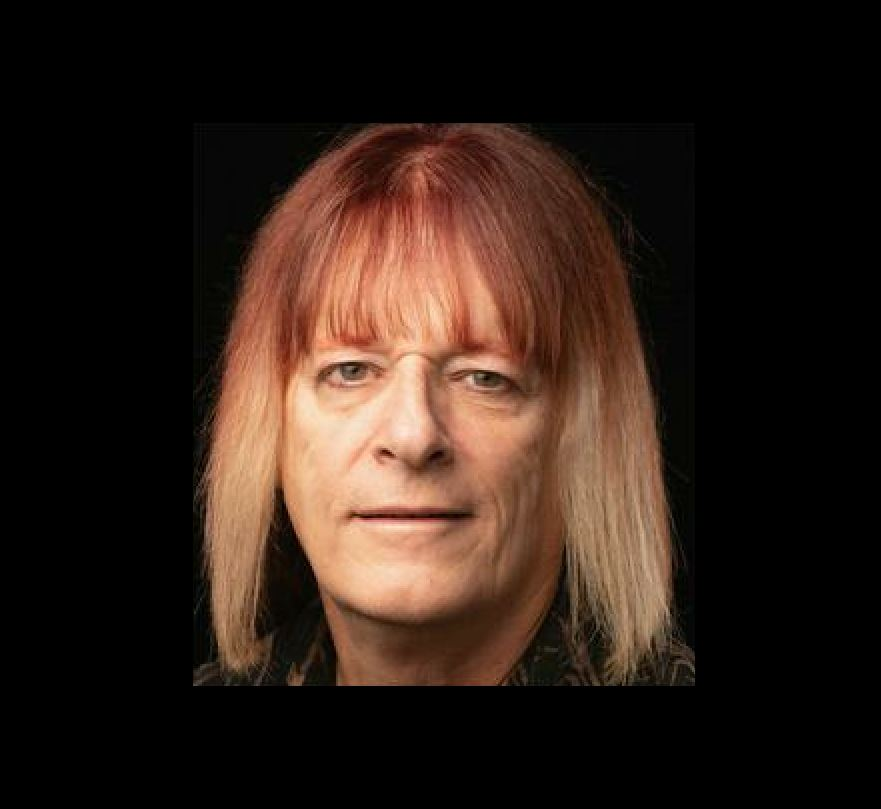
As a new member of the Board, I would bring a fresh perspective to the operation of the AAVSO. I do have numerous connections with the AAVSO in that I have published in its Journal, refereed papers submitted to the Journal, and have had my students in my Techniques in Astronomical Photometry course submit their observations to the AAVSO. I myself started in astronomy as an amateur and still have some old, blueprint-style AAVSO charts from my early membership. Most of my own work has been in eclipsing binaries, first with RS Cvn stars as my dissertation, then observing times of minimum light, and, during the last several years, observing short-period systems, solving the light curves, and publishing the results with collaborators. All of this work has involved student researchers as well, so I will bring my experience in education to the Board. Indeed, I have taught a course in Binary and Variable Stars for several years now. I also do a lot of work in public outreach, and I understand the value of promoting the work that scientists do. If elected, my plan would be to first find the lay of the land as the Association works now and then try to add my experience to affect its future positively.
Ken Hudson*, New Mexico

I am a retired information technology (IT) professional and an amateur astronomer. During my career I was a software developer, database administrator and pre-sales database technical consultant. I worked for many organizations including General Dynamics, Oracle Corporation and Terradata. I also started two software development companies.
When I retired, I moved to New Mexico to build an observatory and pursue my goal of contributing to pro / am collaborations in the area of astronomical spectroscopy and citizen science in general. I have contributed to the Be Star Spectra (BeSS) database and I participated in the BeSS Anniversary Workshop in Paris (Meudon) to plan for the next 10 years of BeSS activity. I have assisted with planning and testing activities for the AAVSO spectroscopy database including review of the AAVSO Spectroscopy Manual. Last year my friend Joe Daglen and I organized the second annual Sacramento Mountains Spectroscopy Workshop (SMSW-2) in Las Cruces, New Mexico that was attended by more than 80 amateurs and professionals. I am currently organizing the AAVSO Spectroscopy Workshop (ASW2020/Online) to be held online in October/November, 2020 and assisting with the AAVSO Data Mining Workshop to be held at the beginning of November 2020.
For the past two years I have been a member of the Board of Directors for the AAVSO. During that time the Board has been actively involved in a detailed strategic planning project for the AAVSO. This project was done with the assistance of the Harvard Business School Community Action Partners (CAP). The high-level goals of the strategic planning process are: high member satisfaction, increased organization impact and long-term financial stability. I am a candidate for the AAVSO Board of Directors again because I would like to continue this important work. We are at the point where tough decisions need to be made and action needs to be taken and I would like to use the knowledge and experience that I have gained in the past two years to help the AAVSO move forward into the future. In addition, I am the Board representative on the Diversity Committee and I would like to help this committee to achieve the goal of making the AAVSO a larger more diverse community.
Karen Kinemuchi, New Mexico
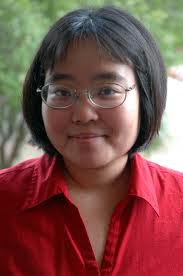
I am a support astronomer for the Sloan Digital Sky Surveys (SDSS) working at the Sloan 2.5m telescope at Apache Point Observatory for the past 8 years. While contributing to this fantastic resource for all astronomers, my main research area is with variable stars, in particular RR Lyrae stars.
I received my Ph.D in 2004 from Michigan State University under Dr. Horace Smith. From my student days to my current position, I have been actively engaged in Education and Public Outreach (EPO) activities. From giving public talks to detailed research colloquia, and running sophisticated workshops to teach researchers of new (and old) tools to giving classroom presentations to third graders, I have intersected with a broad community of eager learners of astronomy. Together, with inspiring the imaginations and curiosity and the excellent resources of the AAVSO, I hope to make astronomy more accessible, especially to those who have limited access to STEM learning.
I am a new member to AAVSO, but I have been aware of this organization since my graduate student days. I hope to bring new ideas and foster new collaborations, especially with the professional and international researchers of pulsating variable stars. I look forward to meeting the challenges the AAVSO Council will face as we enter the 2020s and the changing landscape of astronomical research and education.
Thomas Maccarone, Texas
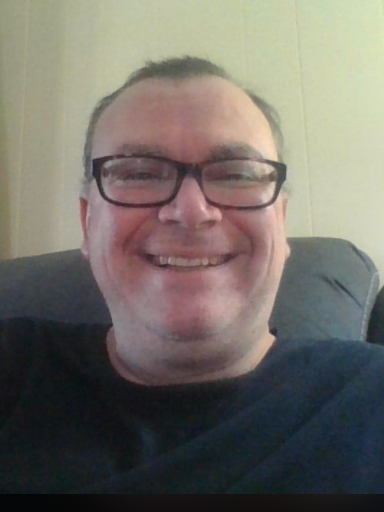 I am a professional astronomer with interests primarily in X-ray binaries, but also with significant interests in accreting white dwarfs. My formal education consists of a bachelor’s degree in physics from the California Institute of Technology, and a master’s and PhD in astronomy from Yale University. I then held postdoctoral fellowships at the International School for Advanced Studies in Trieste, Italy, and the University of Amsterdam and a faculty position at the University of Southampton before moving to Texas Tech University, where I am currently a President’s Excellence in Research Professor in the Department of Physics & Astronomy.
I am a professional astronomer with interests primarily in X-ray binaries, but also with significant interests in accreting white dwarfs. My formal education consists of a bachelor’s degree in physics from the California Institute of Technology, and a master’s and PhD in astronomy from Yale University. I then held postdoctoral fellowships at the International School for Advanced Studies in Trieste, Italy, and the University of Amsterdam and a faculty position at the University of Southampton before moving to Texas Tech University, where I am currently a President’s Excellence in Research Professor in the Department of Physics & Astronomy.
At the current time, professional astronomers are ramping up time domain surveys, both in space (for example the recently ended Kepler mission and the current TESS) and on the ground (for example the Zwicky Transient Factory and the upcoming Legacy Survey of Space and Time at the Vera Rubin Observatory). These projects have established that variable star science as one of the best-supported areas for the upcoming decade, and this presents a new landscape in which AAVSO can be especially vibrant scientifically, but also in which AAVSO must find niches not filled by the bigger glass. These can come through a variety of approaches -- observations of brighter sources, use of different time sampling strategies, use of different color filters, and use of less common techniques like polarization and spectroscopy.
A topic in which I am strongly interested in pursuing is to develop partnerships with facilities outside the optical bandpass. X-ray astronomy has always had a strong time domain component, and radio astronomers are increasingly starting to look for transients. Coordination of AAVSO observations with observations of X-ray satellites and radio telescopes has the potential to create dramatic improvements of the returns from these facilities. Furthermore, there may be potential for NASA to help fund observations in support of satellite work. This is an area where AAVSO’s distributed set of telescopes can provide a much higher chance of getting good weather somewhere than larger telescopes can provide.
Finally, I think it is important to consider two key non-scientific issues going forward: ensuring a continued pipeline of observers, and dealing with light pollution. For the former, I think ensuring that AAVSO continues to contribute to front-line science, and encouraging AAVSO observers’ roles in press releases to be highlighted is vital. Beyond that, I think it’s important to continue to produce expository articles about topics in variable star research and help newcomers to wade through the complex nomenclature and get to the heart of the scientific issues they can contribute to studying. For the latter, I think a key approach would be to encourage small towns in rural America which are within easy driving distance of big cities to have dark nights for local amateur astronomy clubs, including AAVSO observers. This will provide them with new approaches to attract people who will hopefully, on occasion, have meals in their local restaurants and perhaps do a bit of other shopping, creating a situation where variable star observing can contribute to a sense of community among the observers and helping maintain struggling communities in rural America.
Frederick Walter, New York
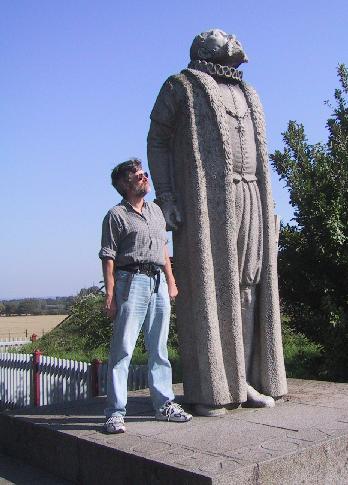 Fred Walter gets paid to observe variable stars. He got an SB degree in physics from MIT while doing X-ray astronomy, became an optical spectroscopist while earning a PhD in Astronomy from Cal Berkeley, and spent 8 years in the alphabet soup of Boulder Colorado (JILA, LASP, and CASA) doing UV spectroscopy and helping to build the GHRS, one of the first generation spectrographs on the Hubble Space Telescope. For the past 31 years he has been Professor of Astronomy at Stony Brook University, where he maintains and sometimes updates the Stony Brook/SMARTS Atlas of (mostly) Southern Novae, and teaches courses on Astronomy, Science Fiction, and gloom and doom in the Anthropocene. His research interests include things that accrete, exploding white dwarf stars, star formation, and stellar weather.
Fred Walter gets paid to observe variable stars. He got an SB degree in physics from MIT while doing X-ray astronomy, became an optical spectroscopist while earning a PhD in Astronomy from Cal Berkeley, and spent 8 years in the alphabet soup of Boulder Colorado (JILA, LASP, and CASA) doing UV spectroscopy and helping to build the GHRS, one of the first generation spectrographs on the Hubble Space Telescope. For the past 31 years he has been Professor of Astronomy at Stony Brook University, where he maintains and sometimes updates the Stony Brook/SMARTS Atlas of (mostly) Southern Novae, and teaches courses on Astronomy, Science Fiction, and gloom and doom in the Anthropocene. His research interests include things that accrete, exploding white dwarf stars, star formation, and stellar weather.
He has used AAVSO data for far longer than he has been a member of the Association. He fully appreciates, and has taken advantage of, the synergies possible between professional and amateur observers. His aim in running for the AAVSO Board is to strengthen these partnerships, and to find more
opportunities for AAVSO members, both in observing roles and in archival data analysis.
His astro-political experience includes a term as chair of the Space Telescope Users Committee, two terms on the AURA (Associated Universities for Research in Astronomy) Observatory Council, and a year on the AURA Board of Directors. He currently serves on the Board of Directors of the Astronomical Society of New York (ASNY). He has also been President of the Stony Brook University Senate, and a Vice President of the Stony Brook chapter of the faculty/staff union.
He bicycles, runs marathons, brews beer, flies airplanes, writes proposals, has never properly summited a 14er, and intends to someday retire to the mountains.
___________________________________________________________________________________
To Vote:
All AAVSO members in good standing who have opted in to emails from AAVSO are receiving an emailed invitation with a link to vote for up to four candidates. Online votes must be received by November 7, 2020, 9 AM ET.
All AAVSO members in good standing who have opted out of emails from AAVSO will receive a paper ballot to mail in their votes for up to four candidates. Mail-in ballots must be postmarked by October 31, 2020.
Thank you for voting!


